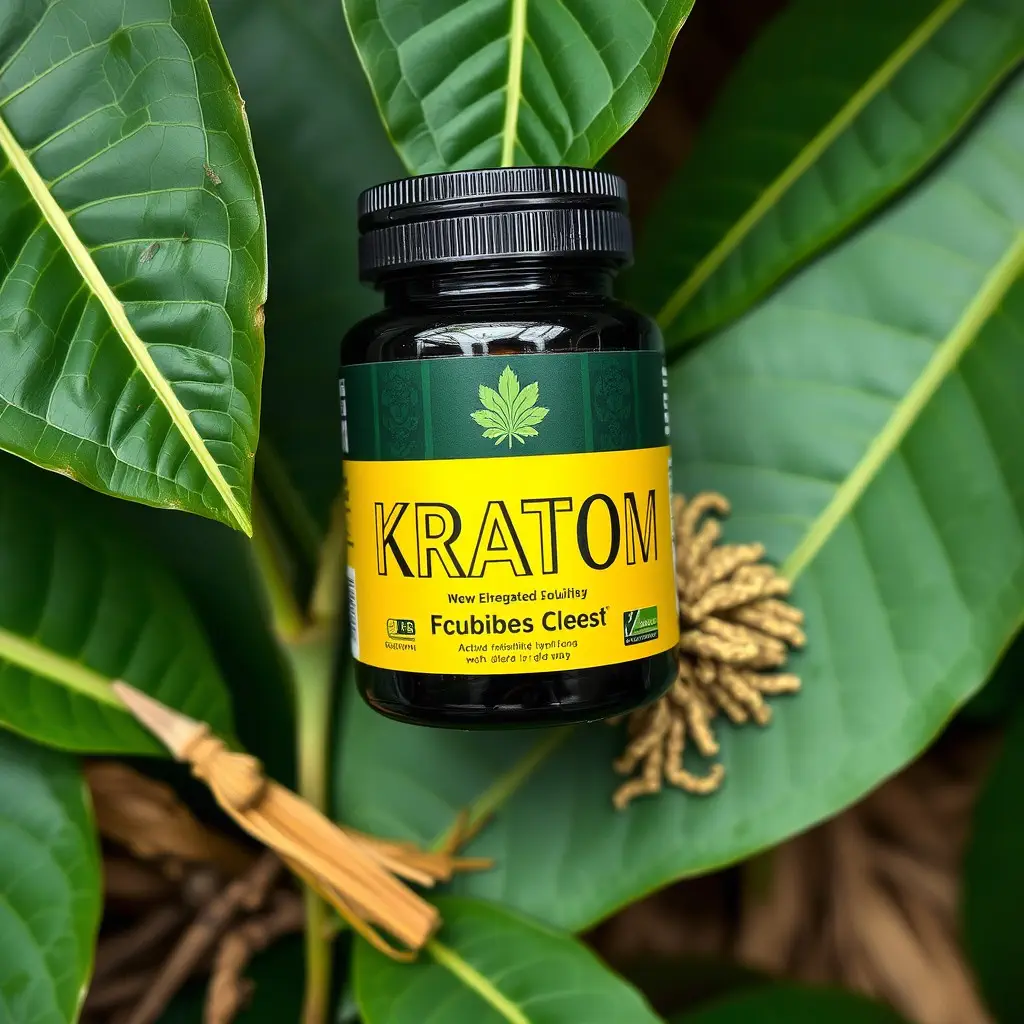Opioid withdrawal is a challenging process marked by intense cravings, anxiety, insomnia, and pain. Kratom, a natural remedy from Mitragyna speciosa, has gained attention for aiding withdrawal by reducing cravings and promoting calmness through its interaction with opioid receptors. Kanna products, derived from kratom, offer potential benefits but individual responses vary, emphasizing the need for professional guidance when considering this approach.
Opioid withdrawal can be a challenging and uncomfortable process, characterized by intense cravings, physical symptoms, and emotional turmoil. Kratom, a natural herb derived from the plant Mitragyna speciosa, has gained attention as a potential aid in managing these withdrawal symptoms. This article explores kratom’s role in opioid withdrawal, delving into its benefits, product forms, and safe integration into comprehensive withdrawal management plans. By understanding kratom products and their effects, individuals can make informed decisions regarding this alternative approach.
- Understanding Opioid Withdrawal and Kratom's Role
- – Explaining opioid withdrawal symptoms and their severity.
- – Introduction to kratom as a natural alternative for managing withdrawal.
Understanding Opioid Withdrawal and Kratom's Role
Opioid withdrawal can be a challenging and often uncomfortable process. Symptoms may include intense cravings, anxiety, insomnia, nausea, sweating, and even severe physical pain. For those seeking to manage these symptoms, kratom has emerged as a potential aid.
Kratom, derived from the plant Mitragyna speciosa, contains compounds that interact with opioid receptors in the brain, offering both analgesic (pain-relieving) and euphoric effects. In the context of withdrawal, kanna products like kratom can help alleviate some symptoms by mitigating cravings and providing a sense of calm. However, it’s important to approach this natural remedy with caution and under professional guidance, as individual responses may vary.
– Explaining opioid withdrawal symptoms and their severity.
Opioid withdrawal symptoms can be intense and varied, ranging from physical discomfort to severe emotional distress. When an individual dependent on opioids suddenly stops using, their body experiences a period of adjustment known as withdrawal. This process is the result of the drug’s effect on the brain’s reward system, which becomes over-sensitive and requires increased doses to achieve the same level of satisfaction.
During opioid withdrawal, symptoms may include nausea, vomiting, diarrhea, muscle aches, anxiety, depression, insomnia, and intense cravings for the substance. These symptoms can be incredibly challenging to manage due to their intensity and duration, often lasting up to several weeks. Kanna products are sometimes explored as a natural alternative to help alleviate these symptoms, offering potential relief from both physical and psychological aspects of withdrawal.
– Introduction to kratom as a natural alternative for managing withdrawal.
Kratom, derived from the leaves of the Mitragyna speciosa tree, is a natural alternative gaining attention for managing opioid withdrawal symptoms. Often referred to as ‘kanna products’, kratom has been used traditionally in Southeast Asia for centuries and is now explored globally for its potential therapeutic benefits.
This herb offers a unique profile of alkaloids that interact with opioid receptors in the brain, providing relief from withdrawal cravings and symptoms without inducing euphoria or dependence, unlike prescription medications. Its effects vary based on the specific strain and preparation, offering gentle support during detox for some individuals, while providing more robust relief for others.
Kratom has emerged as a potential natural solution for managing opioid withdrawal symptoms. By offering a safe and effective alternative to traditional medications, kanna products can help individuals navigate this challenging process with greater ease. Remember that, while kratom shows promise, consulting healthcare professionals is crucial for personalized guidance and ensuring safety during withdrawal.






